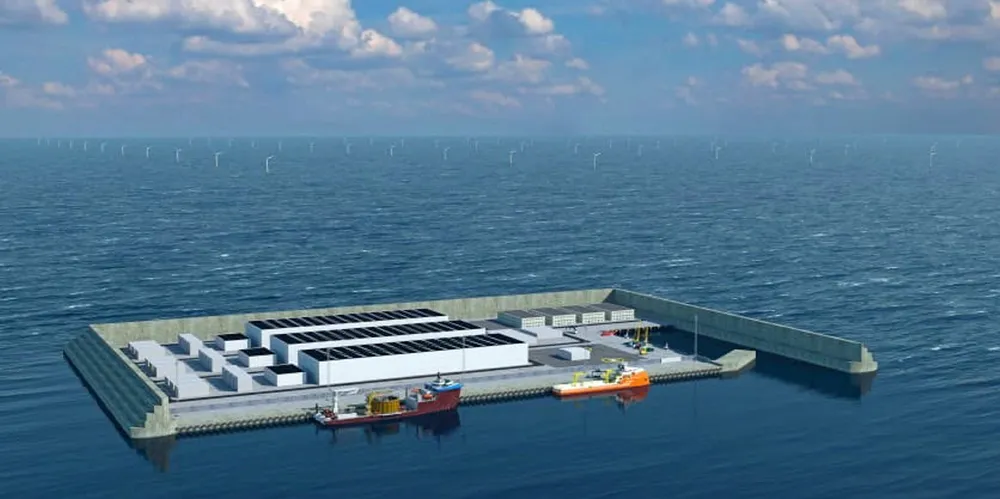'High wind speeds, low water depth' | CIP and Allianz scope energy island in German North Sea
Announcement of tie-up between infrastructure and investment houses comes after North Sea Offshore summit at which Germany and partner countries pledged to build 150GW of offshore wind by 2050

Copenhagen Infrastructure Partners (CIP) and Allianz Investment Management (AIM) will carry out a feasibility study in respect of an artificial energy island in the German North Sea that would be linked to large offshore wind farms and supply power to the domestic market.
The study comes in response to the announcements made by Berlin to speed up its energy transition, and the joint declaration with Denmark, Belgium and the Netherlands yesterday for a stepped-up regional cooperation to tap into the North Sea’s enormous wind potential.
“Germany has some of the best natural conditions in the world for offshore wind with a combination of high wind speeds and relatively low water depths,” CIP said in a press release.
“This creates attractive conditions for building largescale offshore wind farms and artificial islands.”
The announcement comes as Denmark and Belgium are already in more advanced developments for energy islands in their part of the North Sea that would also be linked to massive capacities of offshore wind.
CIP stressed that energy islands next to electricity also can produce green hydrogen offshore, which can transported to demand centres in a cost optimised way. Both would be connected to public grids in Germany to help boost security of energy supply.
CIP and AIM are eager to involve further German stakeholders into the potential development of the energy island connected offshore wind.
(Copyright)